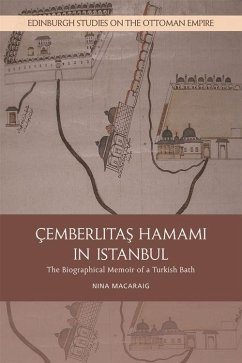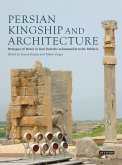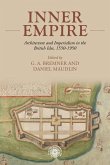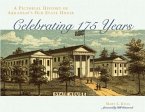Istanbul's Çemberlitas Hamami provides a case study for the cultural, social and economic functions of Turkish bathhouses over time Bathhouses (hamams) play a prominent role in Turkish culture, because of their architectural value and social function as places of hygiene, relaxation and interaction. Continuously shaped by social and historical change, the life story of Mimar Sinan's Çemberlitas Hamami in Istanbul provides an important example: established in 1583/4, it was modernized during the Turkish Republic (since 1923) and is now a tourist attraction. As a social space shared by tourists and Turks, it is a critical site through which to investigate how global tourism affects local traditions and how places provide a nucleus of cultural belonging in a globalized world. This original study, taking a biographical approach to tell the story of a Turkish bathhouse, contributes to the fields of Islamic, Ottoman and modern Turkish cultural, architectural, social and economic history. Key Features Weaves together Ottoman and modern Turkish architectural, cultural, social, economic and other strands of history in examining an important element of everyday life Applies a biographical approach that presents a new paradigm for the discussion of architectural monuments, not only in an Ottoman context, but across time and space Reconstructs the story of the hamam using architectural surveys, archival documents, media analysis and participant observation Takes an experimental approach in terms of the organisation and presentation of Ottoman architectural history Nina Macaraig is Visiting Associate Professor at Koç University, Istanbul and Visiting Assistant Professor at the University of California, Riverside. She is co-editor of Istanbul and Water (2015) and editor of Bathing Culture of Anatolian Civilizations: Architecture, History and Imagination (2011).
Hinweis: Dieser Artikel kann nur an eine deutsche Lieferadresse ausgeliefert werden.
Hinweis: Dieser Artikel kann nur an eine deutsche Lieferadresse ausgeliefert werden.








